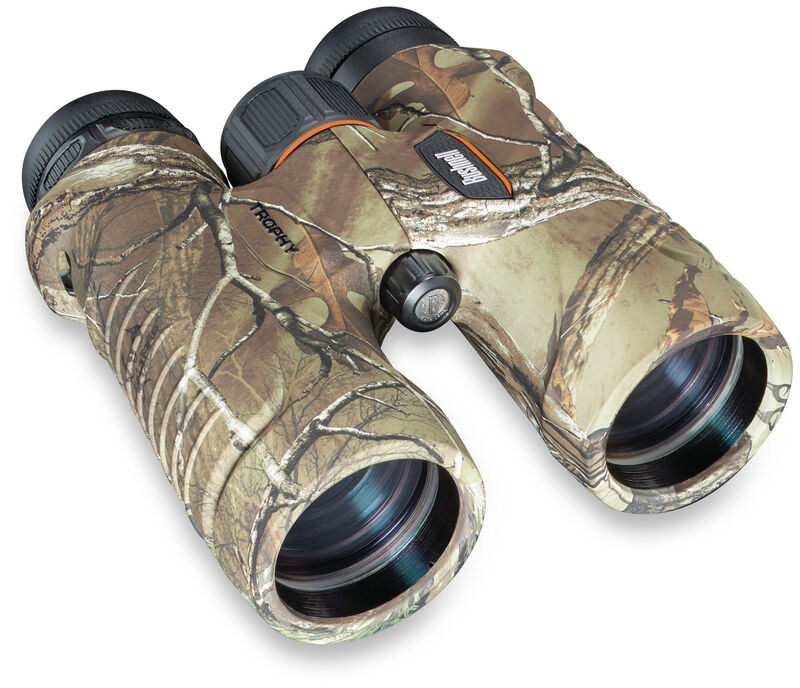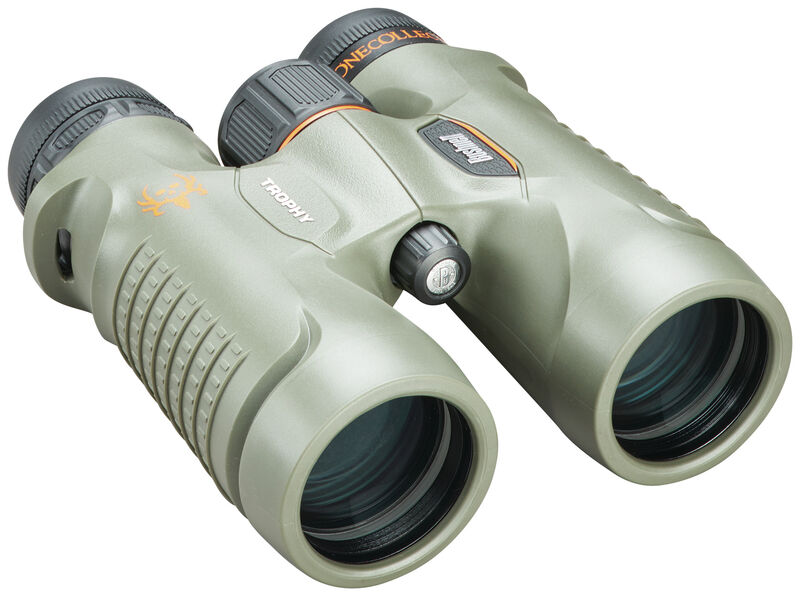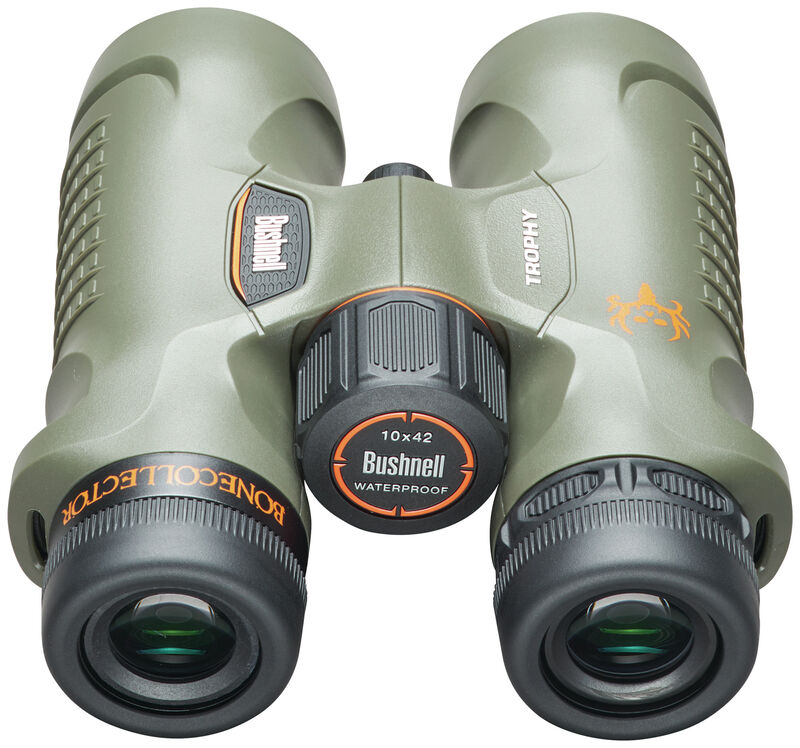Astro Photography Which is best
Over the years I have learned that when it comes to telescopes, there are various types to choose from, each with its unique set of advantages and disadvantages. Two popular telescope designs are the Newtonian telescope and the Maksutov-Cassegrain telescope. In this post, I thought it would be good to compare these two designs, visiting their differences and similarities to help you decide which one is best for your needs.
Newtonian Telescope
The Newtonian telescope was first invented by Sir Isaac Newton in 1668. It uses a concave primary mirror to reflect and gather light, which is then directed to a small flat secondary mirror mounted at a 45-degree angle. The secondary mirror reflects the light to the side of the telescope tube, where the observer views the image using an eyepiece.

One of the main advantages of a Newtonian telescope is that it is relatively easy and affordable to build. Because the primary mirror is the largest optical component in the telescope, Newtonian telescopes can be made with a large aperture (diameter of the mirror) at a lower cost compared to other telescope designs. Additionally, the open tube design of a Newtonian telescope makes it less prone to dew and thermal issues, allowing for better viewing conditions.
Maksutov-Cassegrain Telescope
The Maksutov-Cassegrain telescope was invented in the early 1940s by Russian optician Dmitri Dmitrievich Maksutov. It uses a combination of a spherical primary mirror and a meniscus corrector lens to correct spherical aberrations and gather light, which is then directed to a secondary mirror mounted at the end of the telescope tube. The secondary mirror reflects the light back through a hole in the primary mirror to an eyepiece located at the back of the telescope.

One of the main advantages of a Maksutov-Cassegrain telescope is its compact size. The design of the corrector lens allows for a longer focal length in a shorter tube, resulting in a more portable and easy-to-use telescope. Additionally, the design of the Maksutov-Cassegrain telescope reduces the amount of light lost due to obstruction, resulting in a brighter image than a Newtonian telescope with a similar aperture.
So, which one is best?
Ultimately, the choice between a Newtonian telescope and a Maksutov-Cassegrain telescope will depend on your individual needs and preferences. If you are on a budget and want a larger aperture for deep-sky viewing, a Newtonian telescope may be the best choice. On the other hand, if portability and ease of use are your primary concerns, a Maksutov-Cassegrain telescope may be the better option.
In conclusion, both Newtonian and Maksutov-Cassegrain telescopes have their unique advantages and disadvantages. Consider what you want to observe and where you want to observe it, as well as your budget and level of experience, when choosing between these two designs. Whatever telescope you choose, remember that it is an investment in your stargazing journey, and with proper care and maintenance, it can provide you with years of enjoyment.




























